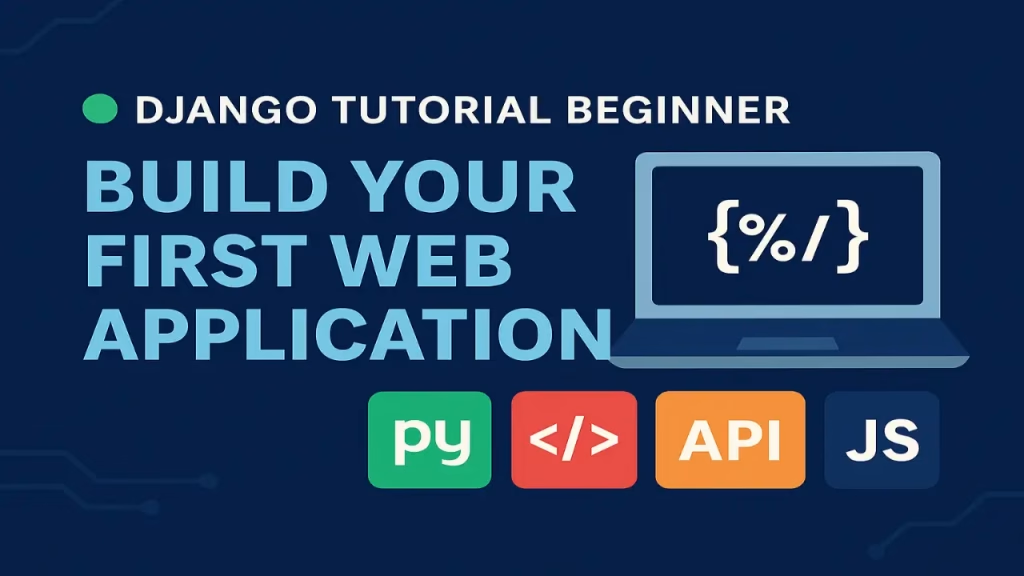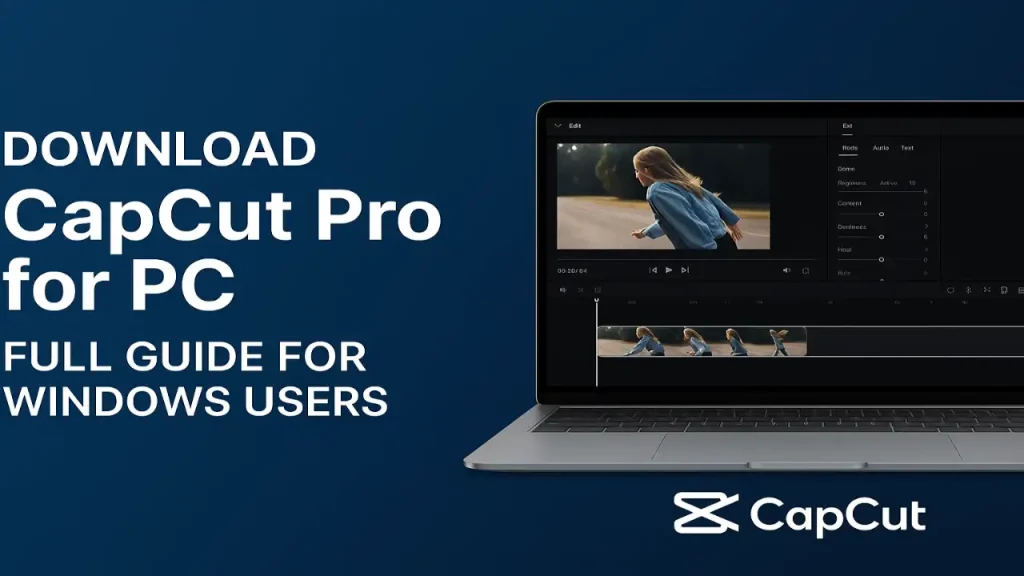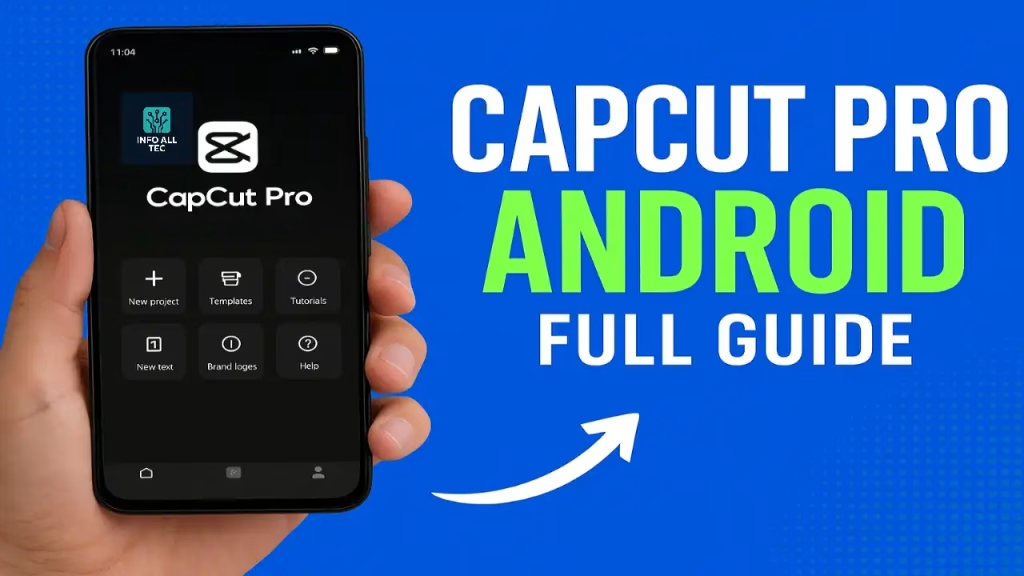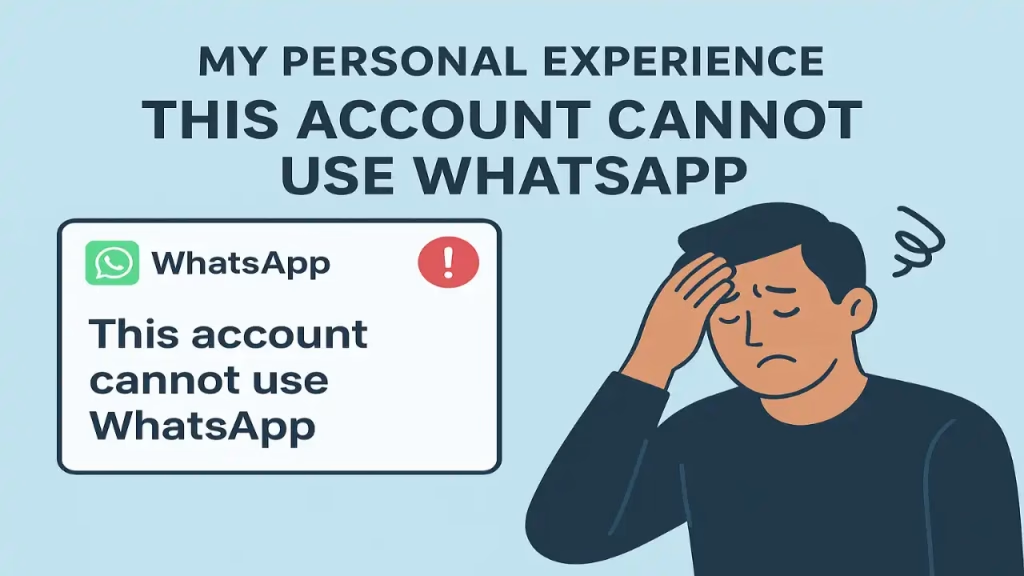- 1 Introduction
- 2 Why Choose Django as a Beginner?
- 3 Setting Up Django: First Steps
- 4 Django Project Structure Explained
- 5 Building a Simple Django Web Application
- 6 Django REST API Tutorial (Beginner’s View)
- 7 Node.js Web App Tutorial: The Alternative Path
- 8 Django vs Node.js: Which Should You Learn First?
- 9 Deploying Your Application
- 10 Best Practices for Beginners
- 11 Conclusion
Introduction
Django tutorial beginner — if you are searching for a Django tutorial for beginners, you are in the right place. Django is one of the most popular Python frameworks for building secure, scalable, and fast web applications. Whether you want to create a blog, an e-commerce platform, or a REST API, Django provides the tools you need.

At the same time, many developers explore Node.js web app tutorials to build modern, event-driven applications. Both frameworks are widely used and have their strengths. In this article, you will learn:
- How to build a simple web application in Django.
- The fundamentals of creating a CRUD app in Node.js.
- Key differences between Django and Node.js for beginners.
- How to deploy your app securely and efficiently.
By the end of this Django tutorial beginner guide, you will have the foundation to create your first web project and a roadmap for exploring more advanced tutorials.
Why Choose Django as a Beginner?
- Python language simplicity – Python has a clear syntax and a huge community.
- Batteries-included philosophy – Django comes with authentication, admin panel, ORM, and form handling built-in.
- Security by default – It protects against common vulnerabilities like SQL injection and CSRF.
- Scalability – Companies such as Instagram and Pinterest use Django in production.
Django is often recommended for beginners because:
When you start with a Django beginner tutorial, you can focus on learning web concepts instead of spending weeks configuring tools.
Setting Up Django: First Steps
Before writing your first Django application, follow this Django tutorial beginner setup to prepare your development environment:
- Install Python 3.10+.
- Create a virtual environment:
python -m venv env source env/bin/activate # Linux/Mac env\Scripts\activate # Windows - Install Django:
pip install django - Create a new project:
django-admin startproject myproject cd myproject python manage.py runserver
Now you have a running project accessible at http://127.0.0.1:8000/.
Django Project Structure Explained
A typical project has:
- manage.py – command line tool.
- settings.py – configuration file.
- urls.py – routing system.
- views.py – functions that return responses.
- models.py – database structure.
- templates/ – HTML templates for rendering.
Learning these components is essential in any Django tutorial for beginners.
Building a Simple Django Web Application
Let’s create a to-do list app step by step.
Step 1: Create a new app
python manage.py startapp todoStep 2: Define models in models.py
from django.db import models
class Task(models.Model): title = models.CharField(max_length=200) completed = models.BooleanField(default=False) def __str__(self): return self.titleStep 3: Run migrations
python manage.py makemigrations
python manage.py migrateStep 4: Add views and templates
In views.py:
from django.shortcuts import render
from .models import Task
def home(request): tasks = Task.objects.all() return render(request, 'todo/home.html', {'tasks': tasks})In urls.py:
from django.urls import path
from . import views
urlpatterns = [ path('', views.home, name='home'),
]Now you have a working simple web app in Django.
Django REST API Tutorial (Beginner’s View)
You can extend your app into a REST API using Django REST Framework (DRF):
pip install djangorestframeworkIn views.py:
from rest_framework import viewsets
from .models import Task
from .serializers import TaskSerializer
class TaskViewSet(viewsets.ModelViewSet): queryset = Task.objects.all() serializer_class = TaskSerializerThis way, you expose an API that can be consumed by frontend frameworks like React or mobile apps, and it extends your Django tutorial beginner journey into REST APIs.
Node.js Web App Tutorial: The Alternative Path
While Django is Python-based, many developers prefer JavaScript everywhere. Let’s see a quick overview of a Node.js Express CRUD tutorial.
- Install Node.js and create a new project:
mkdir node-crud cd node-crud npm init -y npm install express mongoose ejs - Create an
app.js:const express = require('express'); const app = express(); app.use(express.json()); app.get('/', (req, res) => res.send('Hello Node.js!')); app.listen(3000, () => console.log('Server running on port 3000')); - Add MongoDB for storage and create CRUD operations for tasks.
This forms the basis of a create CRUD app in Node.js tutorial.
Django vs Node.js: Which Should You Learn First?
- Language: Django uses Python; Node.js uses JavaScript.
- Learning curve: Django is beginner-friendly, Node.js requires understanding of async concepts.
- Performance: Node.js is better for real-time apps like chat, Django excels in data-driven apps.
- Community: Both have large ecosystems, but Django focuses on stability while Node.js evolves faster.
If you are new to programming, starting with a Django beginner tutorial is often easier.
Deploying Your Application
Deploy Django App
- Use Heroku or PythonAnywhere.
- Run
collectstaticfor static files. - Configure
ALLOWED_HOSTSfor security.
Deploy Node.js App
- Use Heroku, Vercel, or DigitalOcean.
- Add a
Procfile:web: node app.js - Push with Git to deploy.
Knowing how to deploy a Django app or Node.js app is critical for making your project public.
Best Practices for Beginners
- Use Git and GitHub for version control.
- Follow tutorials but experiment with your own ideas.
- Write clean, reusable code.
- Learn basic security practices (XSS, CSRF, authentication).
- Explore documentation:
Conclusion
Django tutorial beginner is the best place to start your web development journey. You can quickly build a simple web application, learn database models, and even expose a REST API. For those interested in JavaScript, Node.js CRUD tutorials provide another valuable skill set.
The key is to practice: start with a to-do app, then move on to more complex projects like blogs, chat apps, or e-commerce platforms. With consistent practice, you will master the fundamentals of modern web development.


